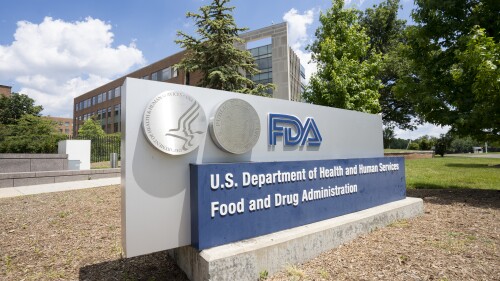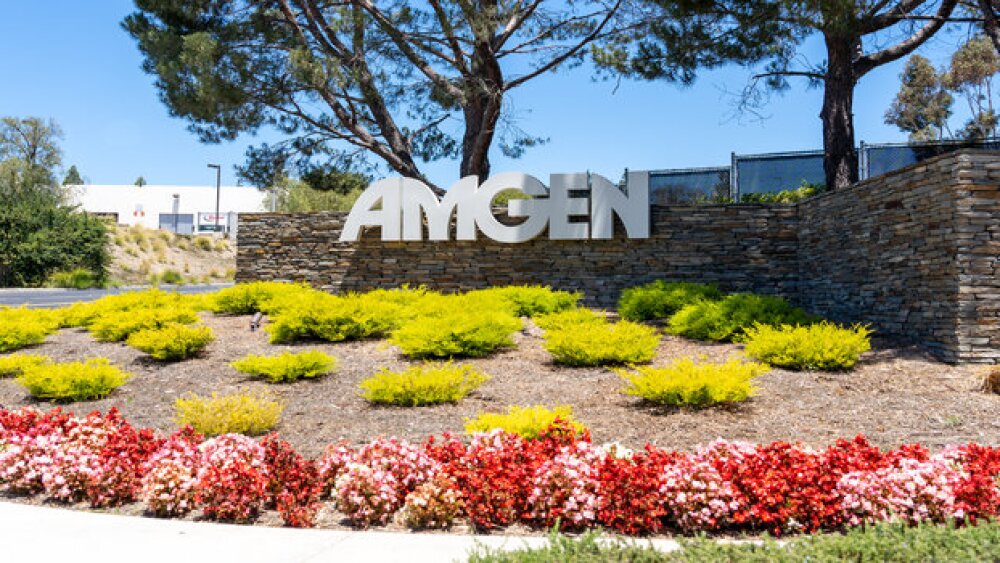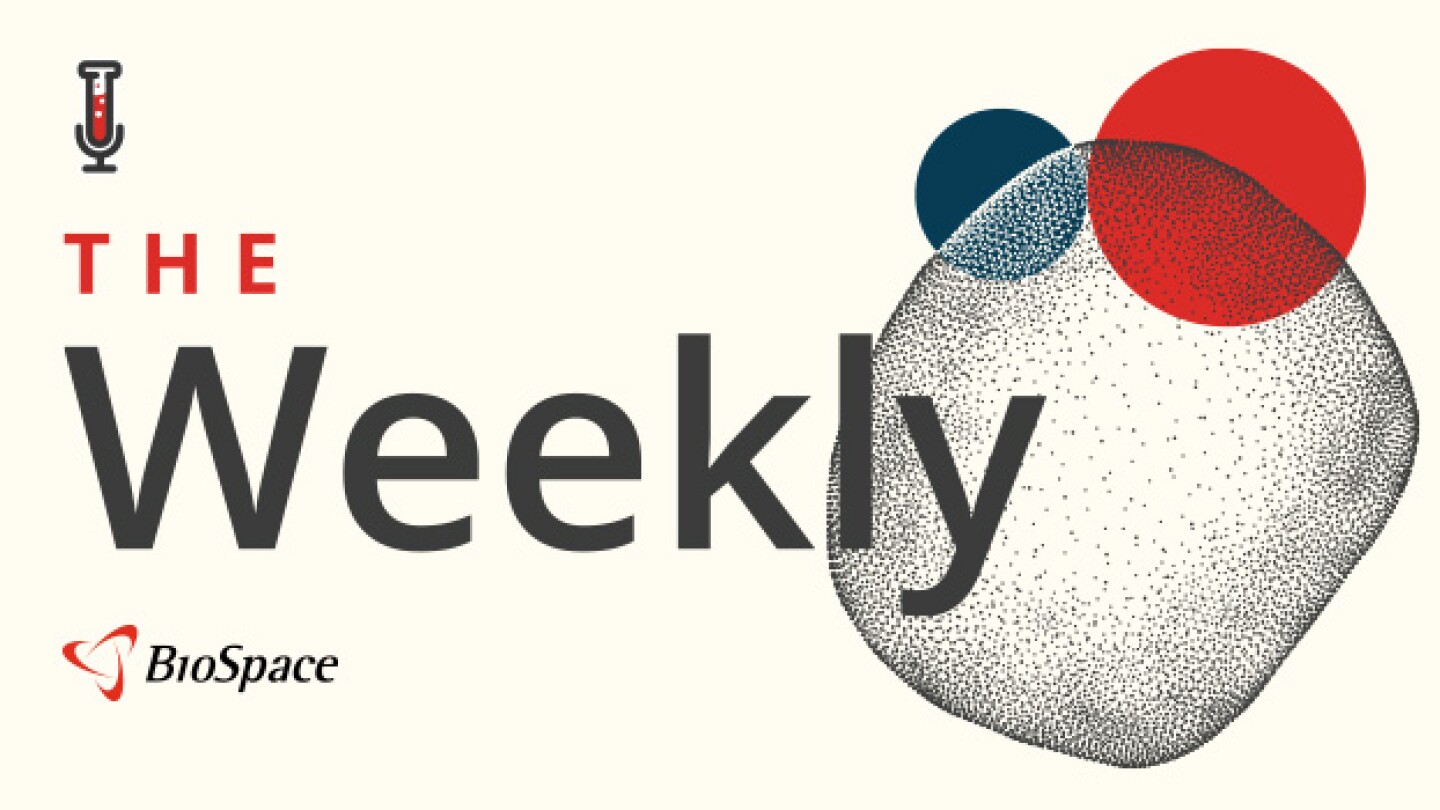News
Alixorexton’s Phase II performance sets it up for late-stage success, according to analysts at Truist Securities. Alkermes expects to launch a global late-stage program early next year for narcolepsy type 2.
FEATURED STORIES
The cholesterol-lowering drug is part of a suite of medicines that also includes MariTide and that Amgen Chief Medical Officer Paul Burton hopes will make the company the “undisputed leader in the management of cardiometabolic risk for patients” by 2030.
A new generation of companies is eyeing the existing, sizeable hair loss market, hoping that better formulations and new scientific targets will finally produce treatments that are safer and more effective, as well as commercially successful.
The nausea and other gastrointestinal side effects of weight loss drugs like Novo Nordisk’s Wegovy or Eli Lilly’s Zepbound will limit how much these drugs can help patients and stunt the overall obesity market unless we approach the problem head on.
Job Trends
Building and scaling biopharma workforces can go beyond recruiting permanent employees to include fractional workers and consultants. A Slone Partners executive discusses how these blended workforces operate, highlighting the strategic benefits.
FROM OUR EDITORS
Read our takes on the biggest stories happening in the industry.
Sarepta Therapeutics’ stock has dropped precipitously as questions swirl around the safety of its gene therapies. Meanwhile, the Duchenne patient community fears losing access to Elevidys while the regulator considers more drastic action.
THE LATEST
Pfizer seals the deal with Metsera for $10 billion after Novo Nordisk bowed out; President Donald Trump welcomes executives from Novo and Eli Lilly to the White House to announce that the companies’ GLP-1 medicines would be sold at a reduced cost; and the FDA grants the second round of priority review vouchers—primarily to already marketed drugs.
With pricing pressures climbing, Pfizer, Eli Lilly and other major drugmakers are looking to sell their products directly to patients. Analysts are skeptical that these efforts, including those announced to much fanfare from the White House, will result in meaningful reductions in drug spending.
The appointment of Richard Pazdur, currently director of the FDA’s Oncology Center of Excellence, comes less than a week after he reportedly declined the post, and just nine days after his predecessor’s controversial exit.
Data presented at this year’s American Heart Association Scientific Sessions in New Orleans underline rapid advancements in the cardiovascular field.
The mid-stage failure was unexpected to analysts at BMO Capital Markets, who viewed ‘770 as mostly derisked given its similar mechanism of action to Johnson & Johnson’s Spravato.
Cogent Biosciences expects to file a new drug application for bezuclastinib in gastrointestinal stromal tumors early next year after what Leerink said was “the first positive trial in this disease in over a decade.”
Representatives from companies such as Sanofi and Forge Biologics point to the potential for PreCheck to drive activation of idle production capacity and help companies that are already building plants.
Kezar Life Sciences suffered multiple clinical holds and four patient deaths in a trial testing zetomipzomib for lupus—a program that has since been canned. The company is still pursuing development in autoimmune hepatitis, but recent FDA communications could delay its timeline.
After a leading study caused the FDA to slap its most stringent warning on hormone replacement therapies for menopause more than two decades ago, the regulator is changing course in what FDA Commissioner Marty Makary called a “historic day for women in the United States.”
The White House may have struck a deal with Eli Lilly and Novo Nordisk last week to lower the costs of their weight loss drugs for patients, but knockoff versions of Zepbound and Wegovy still permeate the obesity market.






















